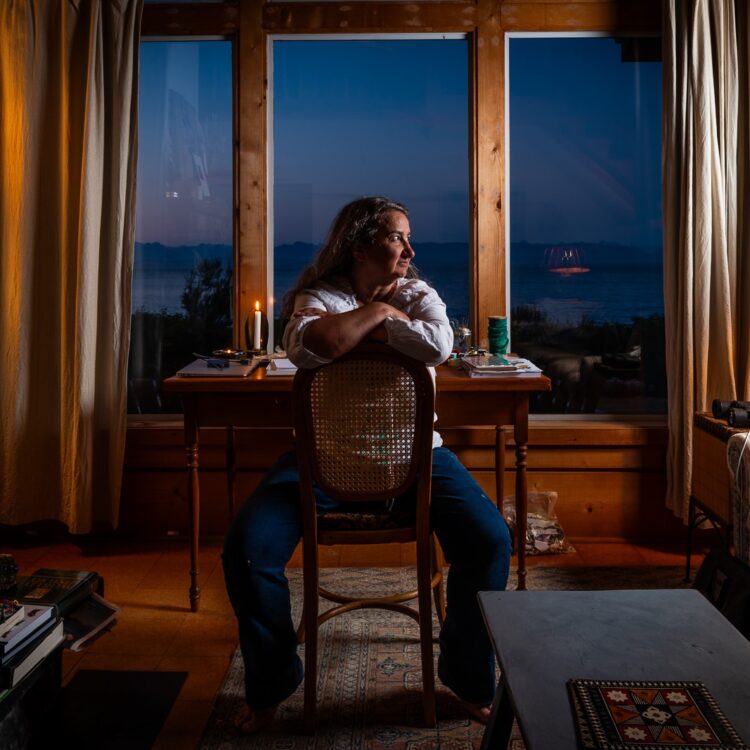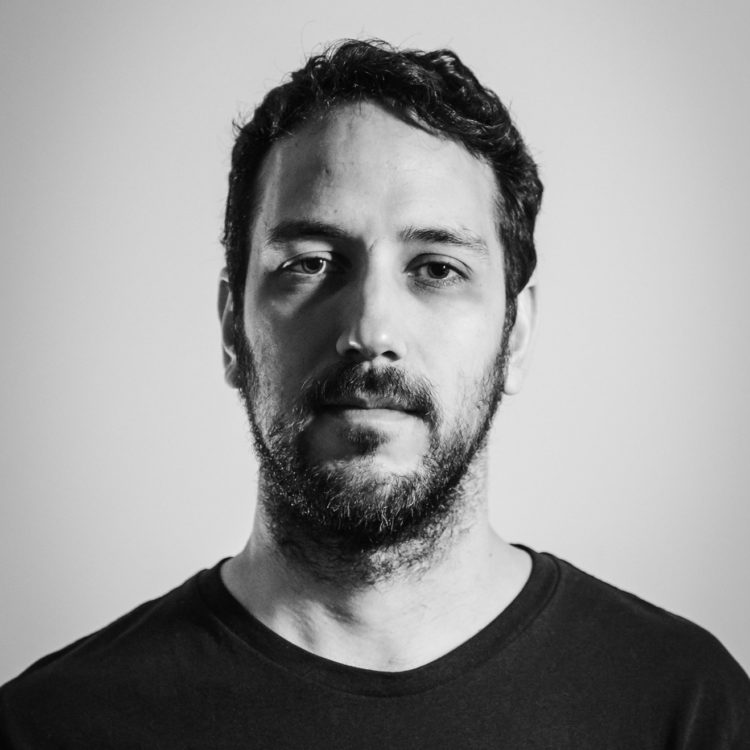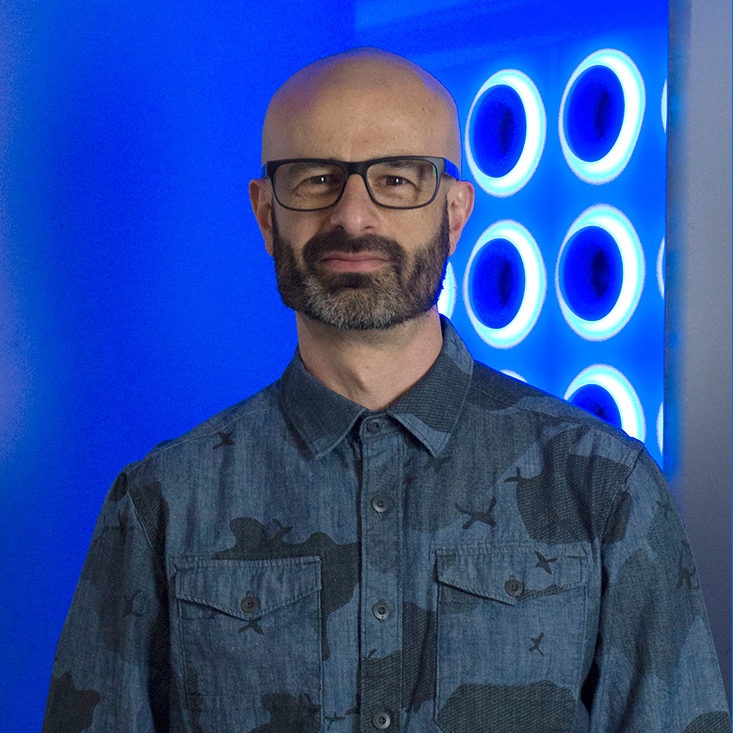Alma Louise Visscher
Transient Repositories: all the things we held before
May – Aug 2022
Location
Edmonton
Alma is a white settler living and working in amiskwacîwâskahikan, Treaty 6 Territory. She creates fabric-based installations, soft sculptures, and drawings that consider the material culture and the parameters of abstraction through a feminist lens. Her work has been shown throughout North America, Iceland, and Germany at the Sweet Lorraine Gallery (Brooklyn), Kimura Gallery (Alaska), and included in the 2020 Canadian Biennial of Fibre Art (Idea Exchange, Cambridge ON) as well as in Future Station, the 2015 Biennial of Alberta Art (Art Gallery of Alberta). She is a recipient of the 2020 Edmonton Artist Trust Award and is thankful for the support from Alberta Foundation for the Arts, The Edmonton Arts Council, and the Canada Council for the Arts.

Artist statement
The theme/question that framed this residency was “Transient Repositories” or what is left in space after we leave and the marks we leave behind.
Thinking through this question as I started the residency, I was struck by the poetic intangibility of this prompt as well as the questions it provoked to consider ethical and caring choices with our materials and practices and ways of working.
Working with the natural dye process was both the material and conceptual research of my residency. The result of this residency is an installation in the form of a curtain. It is made of silk fabric hand-dyed through a variety of processes with plants that I gathered or grew. The primary process that I used when making this piece is a process called fermentation dyeing. With fermentation dyeing, the plant and fabric are placed in a glass jar or container for several weeks. As the pH shift, the microbes transform the plant material and binds the colour to the fabric. The plants and steps that I used should result in very permanent and lightfast dyes. However, the purple-red section is made from a non-lightfast or fugitive (meaning it will quickly fade) colourant called Anthocyanins, which are found typically in red/pink flowers. I wanted to include some of this type of colour, to acknowledge that permanence and longevity isn’t the only benchmark; sometimes, it is also good that things shift and transform or fade away.
More on the artist
As both artist, teacher, cultural worker, and friend, Alma has focused on creating more accessible art programs. She has worked with a wide variety of government agencies and non-profit organizations, teaching classes and leading workshops at day programs, continuing care centres, and with employment and youth support services. Currently, she is a Sessional Instructor at MacEwan University.



Combining this process of fermentation and dyeing, with the form of a functional curtain, I was curious to consider both how space and materials are transitory and transformative, and maybe how that can help us consider/reconsider how we work and make. The process of fermentation allows for things to change and transform even as they are maintained. The plants themselves feel like active collaborators in this process, as I wait and watch the colour shift slowly.

As I worked through these processes and plants, I often asked myself the question of whether I was using the materials and plants in the right way. What marks I am leaving behind in the processes that I am using, in the plants that I am collecting and harvesting?
For example, some of the plants that I used are invasive/regulated species, such as the Common Yellow Tansy. Common tansy is a perennial that was introduced by European settlers in the 1600s, it reproduces by both seed and short rhizomes (underground horizontal roots) which makes it challenging to eradicate. Tied into this seemingly simple plant, are the long-reaching and pervasive harmful effects of colonialism, the influence humans have on transforming the environment, and the insidious effects this all has on our ecosystems. It is a similar story with many other materials that we use and create with.



















